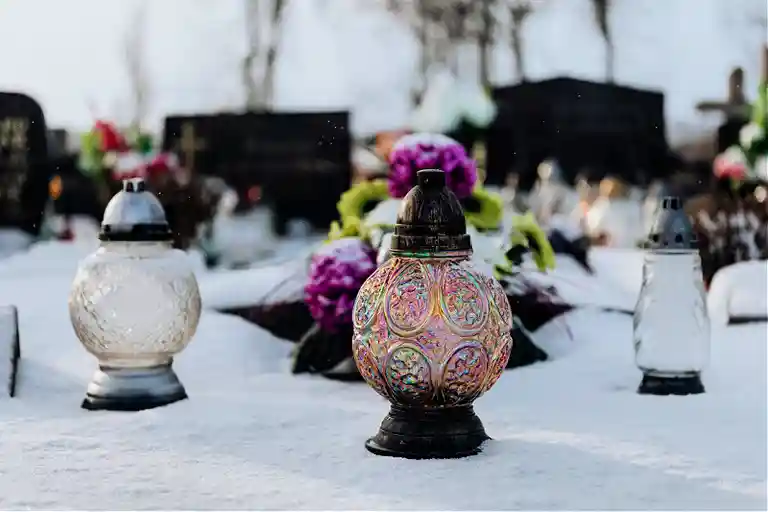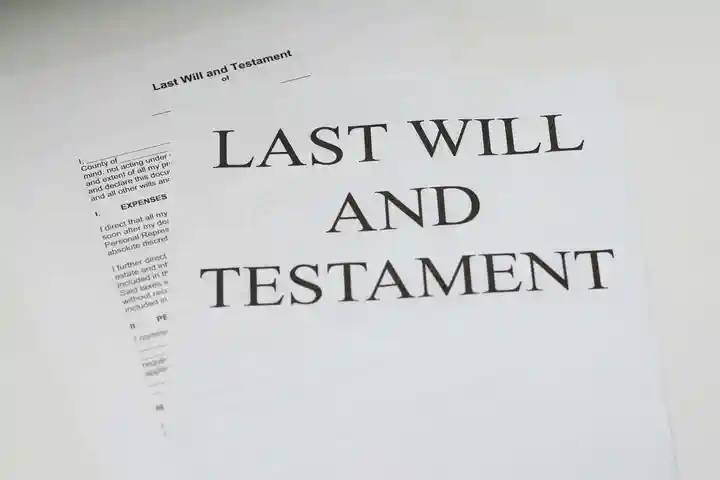The Complete Guide to Cremation (updated)
 Dave Kaplan 4 MIN READ
Dave Kaplan 4 MIN READ

Part of writing your Will requires planning for after death, so you have a say in what happens to your body. This planning also requires deciding on whether you would like burial or cremation. In this guide, we’ll provide insight into the cremation process in Australia.
What is cremation?
Cremation reduces the deceased’s body to ashes through a process that exposes it to open flames, intense heat and evaporation. Unlike traditional burials, where the body naturally breaks down over the years, cremation takes only a few hours.
How does cremation work?
The cremation process starts by placing the body inside a coffin or casket. The coffin then goes into a furnace known as a cremator. The heat from the bricks in the cremator causes the temperature to rise to 800 - 1000 degrees and causes the body to decompose during the cremation process. After this, the cremated remains go into a cremulator.
A cremulator grinds the remains into a fine, sand-like consistency known as ashes. Finally, the ashes go into a sealed container or an urn that’s pre-purchased and provided by the deceased’s family. When someone chooses cremation without an open casket, embalming is not necessary.
How is the body prepared for a cremation?
When preparing the human body for cremation, the funeral removes all items that could affect or endanger the cremation process. These items include jewellery, watches, specific materials such as latex, and mechanical objects that can explode in the cremator under intense heat.
What if my loved one had a pacemaker?
Some medical devices won’t pose any harm if they go through the incinerator, but others can be a problem. The body must be free of pacemakers and similar devices before being cremated. This is because the battery contained within a pacemaker can explode at high temperatures, damaging the cremator. If it’s known that the deceased had a pacemaker, the mortician will respectfully remove the device and close the incision before the cremation.
What if my loved one is wearing jewellery when they pass?
Typically, when a body arrives at the funeral home for cremation, the technician will remove personal effects. Things like their jewellery are inventoried and secured for safekeeping.
The funeral director will then return these items to the family, along with the ashes, after cremation. The family will likely want to keep personal possessions for sentimental value. Besides, the scorching temperatures in the incinerator will likely destroy any jewellery.
Gold, copper, stainless steel, and other metal pieces do not disintegrate. If the deceased had any old fillings, they will also be removed from the ashes and placed in a different container. Then the cremator sends the ashes off for further processing.
What if my loved one had a knee replacement?
Replacement hip or knee joints are typically made of titanium, which doesn't melt down even when exposed to the high tempartures inside a cremator. Instead, the mortician will wait until the ashes have cooled and then will remove any titanium from the ashes and set it aside for recycling.
Is embalming required before a cremation?
No, embalming is not required before a cremation.
How long does it take to cremate a body?
It's common to wonder how long a cremation takes. The answer is that the time it takes to cremate a deceased person can vary depending on their weight. On average a cremation takes around 2 hours, but the process can take upto 4 hours from beginning to end. This allows time for the remains to cool following the cremation, before they are ground into a sand-like consistency.
Where does cremation take place?
Cremation takes place in a crematorium. Crematoriums are usually in cemeteries or funeral homes. Under Australian law, cremations must occur within 48 hours of the funeral service, which is why they are close to common areas for funerals.
Can cremation ashes get mixed up?
Although this is a common concern, it is one that's unfounded. Only one body is ever cremated at a time.
Do I need to purchase a coffin for cremation?
Depending on where the cremation occurs, you may be required to use a coffin. For example, NSW Public Health requires all cremations, including direct cremations, to use a coffin. There is a range of caskets to choose from that can suit a wide variety of budgets and preferences.
How much do cremations cost
Compared to burials, cremations are significantly cheaper. Depending on your location, a direct cremation arranged through Willed can cost from just $1,650 to $2,195 including GST.
This price includes the essentials like transport of the deceased, arrangement of relevant paperwork and permits, a coffin, the cremation and return of the ashes in an urn. It does not include a funeral service, a viewing or attendees at the cremation.
According to the Australian Seniors, the average cost of a cremation and memorial service is estimated at $6,334 compared to nearly ten grand for a burial.
What happens to your ashes after cremation?
After the cremation, the ashes are put in a sealed container or an urn. You can then display the urn or scatter them in a loved ones favourite spot. When writing your Will, make sure to include instructions on what you want to happen to your ashes after cremation.
Wrap Up
The reason to choose cremation will vary from one person to the next. No matter the cost, make sure to choose a farewell that’s a testament to the amazing life you have lived. Getting ahead of these plans will also ensure those you are leaving behind are protected.
Related Guides

Looking to start a grief journal, but have no idea where to start? Here are our recommended journal prompts for grieving a loss of a loved one.

Supporting your ageing parents can be tricky, especially if you’re an only child or the only child taking on the responsibilities. Here’s how to navigate things when your parents are refusing the extra help.

Our pets are more than just cats and dogs; they’re closer to family members.

Looking for some juicy details to do with all things Wills? Welcome to the fun house.